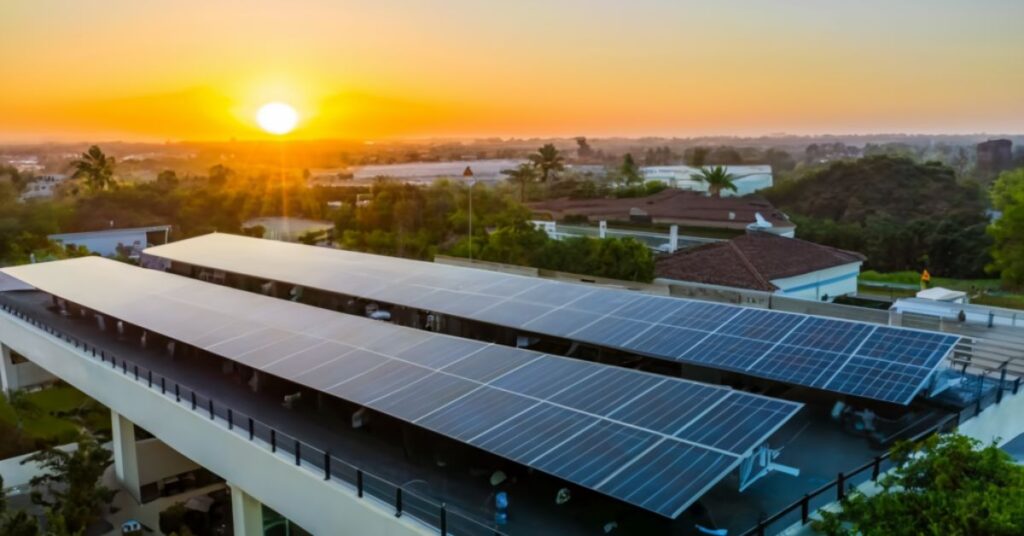The XCV Panel is at the forefront of innovative energy solutions, addressing concerns about resource depletion and rising energy costs. By harnessing sunlight, these panels provide a sustainable and affordable alternative to traditional power sources.
With features like enhanced efficiency, lightweight design, and easy installation, XCV Panels are revolutionizing the way we obtain electricity. From homes to commercial buildings and various industries, their versatile applications make them a preferred choice for renewable energy solutions.
What is the Xcv Panel?
The XCV Panel is a modern solar technology designed to capture sunlight and convert it into electricity. It’s efficient and sustainable, helping to reduce reliance on traditional energy sources like coal. With its simple installation process and versatile applications, the XCV Panel is becoming increasingly popular for both residential and commercial use.
Key Features of the XCV Panel
Featuring advanced materials and construction, the XCV Panel maximizes energy production while offering durability and reliability. Its sleek design and lightweight structure make installation a breeze, and its ability to generate electricity from sunlight makes it an environmentally friendly choice for powering homes and businesses.
How XCV Panels Operate | An Insight into Their Functionality
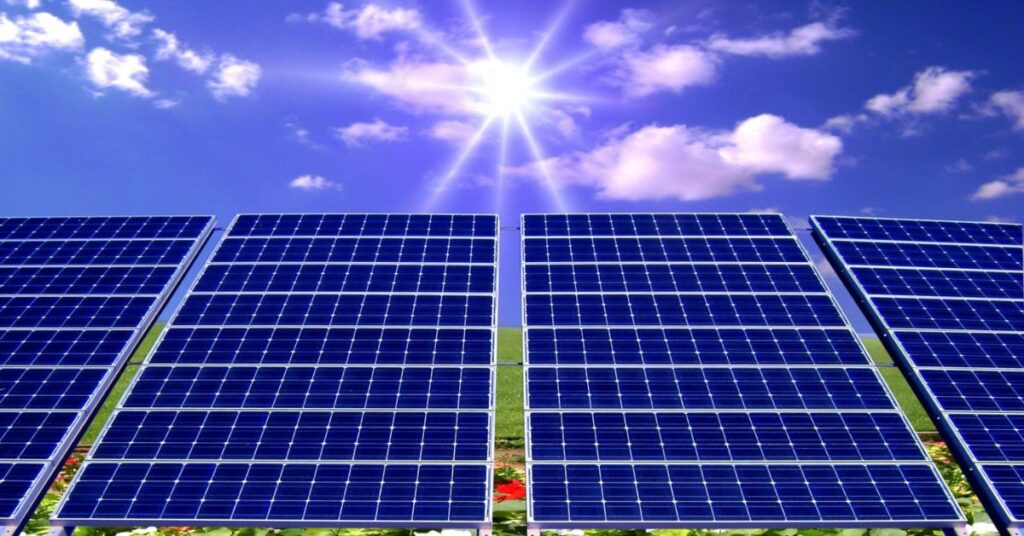
XCV Panels operate by efficiently capturing sunlight and converting it into electrical energy through interconnected photoelectric cells. These panels utilize advanced materials to absorb sunlight and excite electrons, generating an electric current for power generation.
The generated electricity is then directed to a storage unit, such as a battery or the electrical grid, where it can be utilized to power various devices and appliances. This process ensures a reliable and sustainable energy source, reducing dependency on traditional power sources and promoting eco-friendly practices.
Advantages of XCV Panels Compared to Traditional Solar Panels
Here are some advantages of XCV Panels over traditional solar panels:
Enhanced Efficiency
XCV Panels boast enhanced efficiency compared to traditional solar panels. This efficiency is achieved through advanced technology and optimized design, allowing XCV Panels to capture and convert more sunlight into electricity per unit area.
This increased efficiency translates to higher energy production, making XCV Panels a more cost-effective and environmentally friendly choice for renewable energy solutions. Users can benefit from greater energy output and reduced reliance on non-renewable resources, contributing to sustainability efforts.
Lightweight Design
XCV Panels feature a lightweight design that sets them apart from traditional solar panels. This characteristic makes them easier to handle during installation and transportation, reducing the physical strain and logistical challenges often associated with solar panel deployment.
The lightweight nature of XCV Panels also contributes to their versatility, allowing for flexible placement options in various environments. Whether on residential rooftops or commercial buildings, their lightweight design simplifies the installation process and enhances overall convenience for users seeking renewable energy solutions.
Extended Warranty
XCV Panels come with an extended warranty, typically spanning 25 years or more, which is a significant advantage compared to traditional solar panels. This extended warranty provides users with long-term assurance and protection for their investment in renewable energy solutions.
The extended warranty underscores the durability and reliability of XCV Panels, giving users peace of mind regarding the performance and longevity of their solar energy system. This warranty coverage also reflects the confidence that manufacturers have in the quality and lifespan of XCV Panels, making them a trusted choice for sustainable energy solutions.
Easy Installation
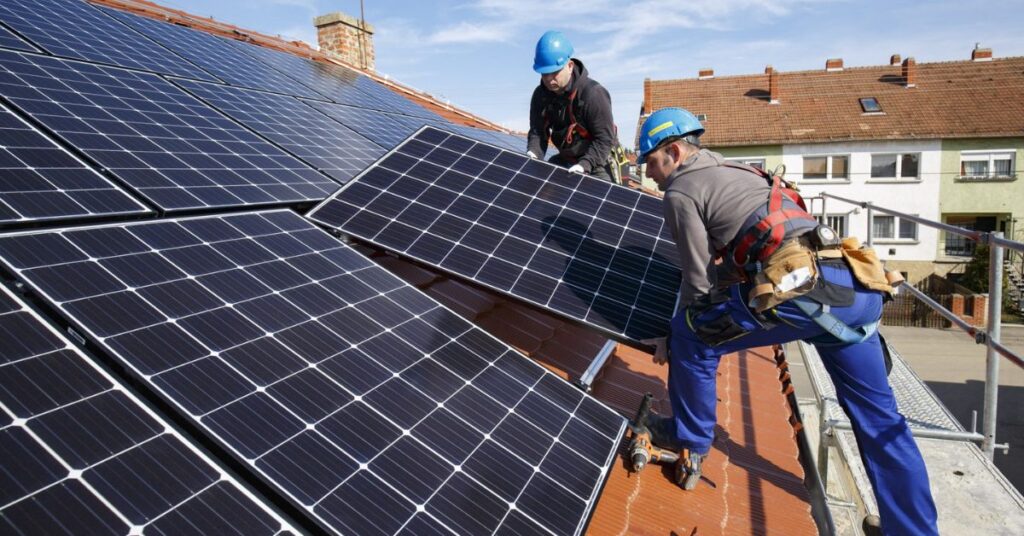
One of the key advantages of XCV Panels is their easy installation process. Unlike traditional solar panels that may require complex setups, XCV Panels are designed for straightforward and hassle-free installation.
Their streamlined installation process reduces both the time and effort required, making XCV Panels a convenient choice for homeowners and businesses looking to adopt renewable energy solutions. This ease of installation also translates to cost savings by minimizing labor and installation-related expenses.
Convenient Transportation
XCV Panels offer the advantage of convenient transportation due to their sleek design and lightweight construction. This feature makes them easy to transport from one location to another, whether for initial installation or repositioning.
The convenience of transportation is particularly beneficial for solar energy projects in remote areas or mobile applications such as RVs and boats. It reduces logistical challenges and ensures efficient deployment of XCV Panels, making them a versatile choice for renewable energy solutions in various settings.
Versatile Placement
XCV Panels are known for their versatile placement options, allowing them to be installed in a wide range of environments and configurations. Unlike traditional solar panels, XCV Panels can adapt to diverse spaces and structures, maximizing their effectiveness in harnessing solar energy.
This versatility in placement extends to various settings such as residential rooftops, commercial buildings, open fields, and even vehicles. The ability to install XCV Panels in different locations enhances their utility and makes them a flexible solution for meeting energy needs across various applications and industries.
Aesthetic Appeal
solar panels that may appear bulky or obtrusive, XCV Panels are designed with aesthetics in mind, enhancing the visual appeal of their surroundings.
Their sleek and modern design adds a touch of sophistication to residential and commercial buildings, blending seamlessly with architectural elements. This aesthetic appeal makes XCV Panels a popular choice for environmentally conscious individuals and businesses seeking both functionality and visual harmony in their renewable energy solutions.
Ideal for Commercial Use
XCV panels are exceptionally well-suited for commercial applications, offering businesses efficient and reliable energy generation solutions. Their high efficiency, durability, and versatile deployment options make them a preferred choice for meeting the energy demands of commercial operations.
Businesses benefit from XCV panels’ ability to reduce costs and minimize their environmental impact, aligning with sustainability goals and contributing to a greener future. Overall, XCV panels provide a practical and effective solution for businesses looking to enhance energy efficiency and reduce their environmental footprint.
Applications of Xcv Panel
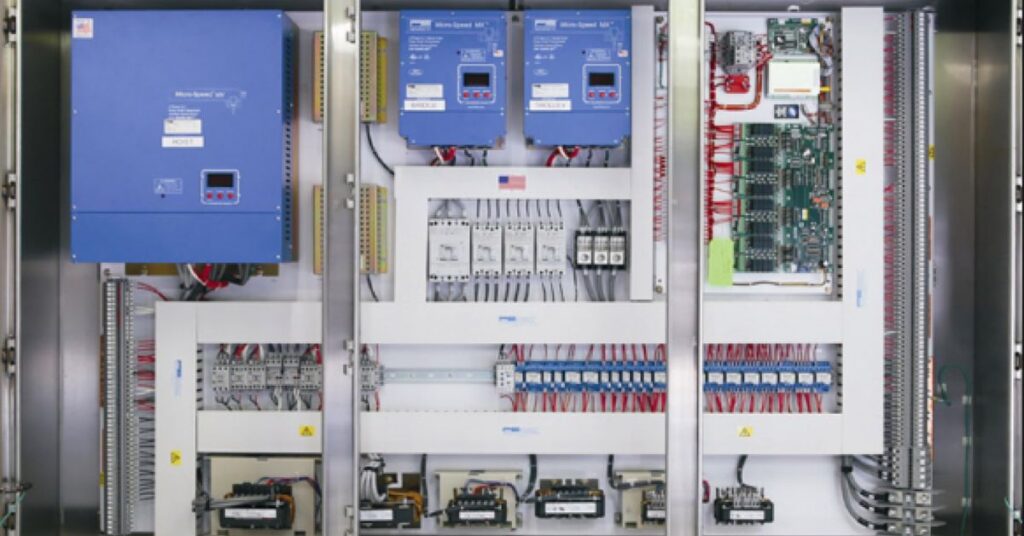
XCV panels are prevalent in today’s applications due to their advantages, including high efficiency, cost-effectiveness, durability, and aesthetic appeal. Below are a few examples of their typical uses
Use for home power
XCV panels are widely utilized for home power generation, offering an efficient and sustainable solution to meet residential energy needs. These panels harness solar energy to generate electricity that powers essential household appliances, lighting, and electronic devices.
One of the primary advantages of using XCV panels for home power is the reduction in utility bills. By generating electricity from sunlight, homeowners can lower their reliance on traditional grid electricity, leading to long-term cost savings.
Additionally, XCV panels contribute to environmental sustainability by using a clean and renewable energy source. This reduces carbon emissions and environmental impact, making XCV panels an eco-friendly choice for homeowners looking to embrace green energy solutions and reduce their carbon footprint.
Use in commercial building
XCV panels are a popular choice for commercial buildings due to their efficiency and cost-effectiveness. They help businesses reduce energy costs by generating renewable electricity on-site, leading to long-term savings and a smaller environmental footprint.
By harnessing solar energy, XCV panels provide a reliable and sustainable power source for offices, warehouses, and other commercial spaces. Their installation on rooftops or facades is seamless, making them an ideal choice for businesses looking to embrace renewable energy solutions.
Used In Industries
XCV panels are widely used in various industries to meet energy demands sustainably. Industries leverage these panels to power machinery, equipment, and manufacturing processes, reducing operational costs and environmental impact.
The integration of XCV panels in industrial settings enhances energy efficiency and promotes eco-friendly practices, aligning with sustainability goals and contributing to a cleaner environment.
Used in vehicles
XCV panels are increasingly integrated into vehicles, especially electric vehicles (EVs), to supplement their power needs. These solar panels help recharge the vehicle’s batteries using renewable energy from the sun.
By incorporating XCV panels into vehicles, manufacturers can extend the driving range of EVs and reduce their dependency on traditional charging methods, making transportation more sustainable and eco-friendly.
Medical industry
XCV panels play a crucial role in the medical industry by providing sustainable power solutions for various applications. They are utilized to power medical equipment, devices, and systems, ensuring uninterrupted operations in healthcare facilities.
The use of XCV panels in the medical sector contributes to energy efficiency, cost savings, and environmental sustainability. It also helps healthcare providers maintain essential services during power outages or emergencies, highlighting the versatility and reliability of solar energy in critical industries.
Advertisement industry
In the advertisement industry, XCV panels are revolutionizing the way businesses showcase their brands and products. These panels are integrated into digital advertising displays and billboards, offering a sustainable and eye-catching way to promote products and services.
By utilizing XCV panels in advertising, businesses can reduce their environmental footprint while maximizing visibility and impact. Solar-powered advertising displays provide a cost-effective and eco-friendly alternative to traditional billboards, aligning with green marketing initiatives and sustainability goals.
Gaming industry
In the gaming industry, XCV panels are poised to bring about significant advancements in display technology and user experience. These panels offer interactive and immersive display capabilities, enhancing the gaming experience for enthusiasts.
By integrating XCV panels into gaming devices and platforms, developers can create vibrant and engaging visual interfaces that captivate players. This innovation in display technology not only improves gaming graphics but also promotes sustainability through the use of renewable energy sources.
As XCV panel development continues, it is expected to revolutionize the gaming industry by providing gamers with cutting-edge displays while contributing to environmental conservation efforts.
Types of XCV Panels
XCV panels come in various types, each tailored to specific needs and preferences. Whether you prioritize optimal performance, cost-effectiveness, or versatility, there’s a type of XCV panel suited to your requirements.
From single-crystal panels for maximum efficiency to thin-film options for flexibility and affordability, the diverse range of XCV panels ensures there’s a solution for every application and budget. With advancements in technology, XCV panels continue to evolve, offering increasingly efficient and sustainable energy solutions for homes, businesses, and industries alike.
XCV Panel Types
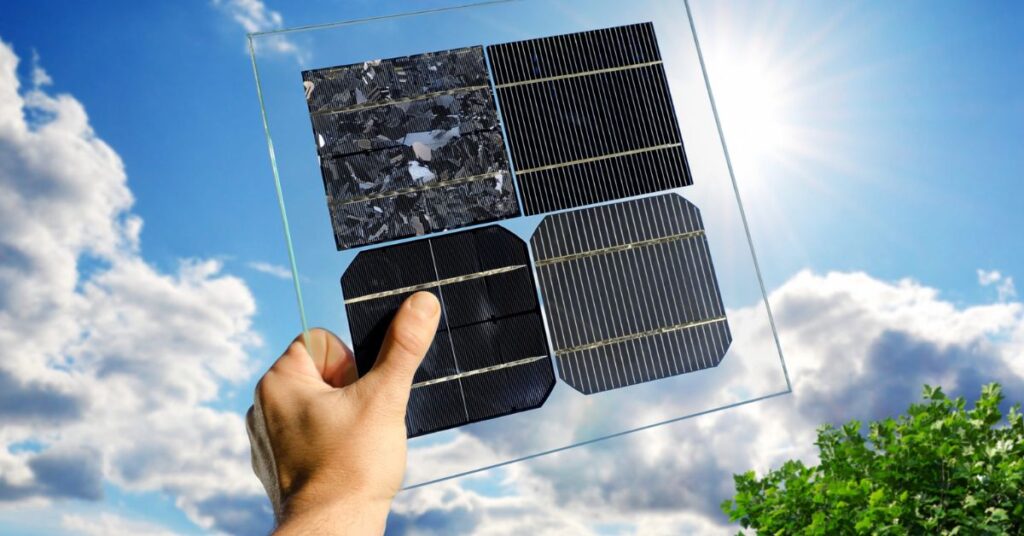
- Single-Crystal XCV Panels
- Multi-Crystalline XCV Panels
- Thin-Film XCV Panels
- Bifacial XCV Panels
Optimal Installation Methods for XCV Panel
Optimal installation methods for XCV panels involve several key steps to ensure efficient performance:
- Location Selection: Choose a location with maximum sunlight exposure throughout the day, typically facing south in the Northern Hemisphere and north in the Southern Hemisphere.
- Panel Orientation: Install panels at an optimal tilt angle based on your geographical location to maximize sunlight absorption.
- Mounting Structure: Use durable and weather-resistant mounting structures such as rooftop racks or ground mounts to securely position the panels.
- Wiring and Connections: Follow manufacturer guidelines for proper wiring and connections to ensure safe and efficient electrical output from the panels.
- Regular Maintenance: Perform routine inspections and cleaning to keep the panels free from dirt, debris, and shading that can reduce their efficiency over time.
Few drawbacks of Xcv Panel
XCV panels offer numerous benefits, such as renewable energy generation and cost savings. However, it’s essential to consider some drawbacks:
High upfront cost
The high upfront cost of XCV panels can be a barrier for some individuals and businesses looking to adopt renewable energy solutions. This initial investment includes the cost of purchasing the panels, installation expenses, and additional equipment. However, it’s important to weigh this cost against the long-term benefits and potential savings in energy bills over the lifespan of the panels.
Dependence on sunlight
XCV panels’ reliance on sunlight for electricity means they can’t generate power at night or during cloudy days. This dependence on sunlight may lead to inadequate energy production during such periods, potentially affecting your power needs.
Performance degradation
Over time, XCV panels may experience performance degradation. Factors such as exposure to weather elements, dust accumulation, and aging components can contribute to a decrease in efficiency.
Fragile
XCV solar panels, being constructed with glass components, are vulnerable to damage from various adverse weather events such as hailstorms and severe storms.
Requires regular maintenance
XCV panels require regular maintenance to ensure optimal performance. This includes cleaning to remove dirt and debris that can reduce efficiency over time.
Research Centers for XCV Panel Development
Several research centers worldwide are dedicated to advancing XCV panel technology:
- The Scientific Academy (China)
- The University of Oxford (United Kingdom)
- Fraunhofer Institute for Solar Energy Systems ISE (Germany)
- NREL (The United States National Renewable Energy Laboratory)
- The University of Tokyo (Japan)
These centers play a crucial role in developing innovative solutions and improving the efficiency, durability, and affordability of XCV panels for sustainable energy applications.
Future of XCV Panel

Researchers are dedicated to enhancing XCV panels, aiming to boost their efficiency and affordability. These efforts signify a commitment to advancing renewable energy technology.
The focus on increasing panel efficiency promises higher energy yields from sunlight, driving greater sustainability. Simultaneously, making XCV panels more affordable ensures wider access to clean energy solutions for all.
Read this also: Unblocked Games 67 – A COMPREHENSIVE GUIDE
Alternatives to XCV Panels
SunPower
SunPower is renowned for its top-quality, efficient solar panels crafted from premium materials. Their sleek design and variety of colors make them a popular choice for homeowners seeking both performance and aesthetic appeal in their solar energy solutions.
LG
LG, a South Korean electronics giant, offers highly efficient and durable solar panels. These panels are trusted for their energy efficiency and long-lasting performance, making them a popular choice for residential and commercial installations alike. With a 25-year warranty, LG assures reliability and durability, further enhancing its appeal in the solar energy market.
REC Solar
REC Solar, a Norwegian company, is committed to sustainability in its manufacturing process. Their panels are made from recycled materials, demonstrating a dedication to reducing environmental impact. With a 25-year warranty, REC Solar ensures reliability and longevity for their customers, making them a trusted choice in the solar energy market.
SolarEdge
SolarEdge specializes in solar inverters, crucial for converting solar panel electricity into usable power. Known for their efficiency and reliability, SolarEdge inverters boast a 10-year warranty, ensuring long-term performance. Their innovative technology has made SolarEdge a preferred choice for residential and commercial solar installations.
Enphase Energy
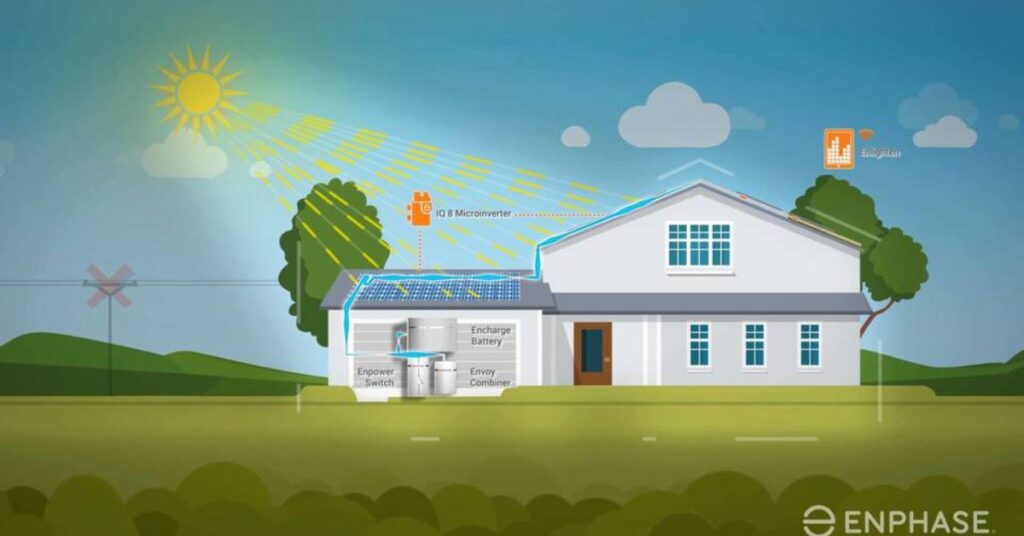
Enphase Energy is renowned for its solar inverters, celebrated for their modular design that simplifies installation and maintenance. These inverters are highly regarded for their user-friendly interface and dependable performance. With a focus on innovation and reliability, Enphase Energy remains a top choice for those seeking efficient solar energy solutions.
Conclusion
The features of XCV panels represent a significant stride in renewable energy technology, offering enhanced efficiency, durability, and versatility. These panels harness sunlight to generate electricity, making them a sustainable and eco-friendly power solution for various applications.
With their lightweight design, extended warranty, and easy installation, XCV panels provide a convenient and cost-effective way to transition toward clean energy. As research and development continue to advance XCV panel technology, we can expect further improvements in performance and affordability, paving the way for a greener and more sustainable future.

Dennis, a seasoned tech professional with 5 years of expertise in the field. With a passion for innovation, he’s dedicated to delivering cutting-edge solutions through our website.

